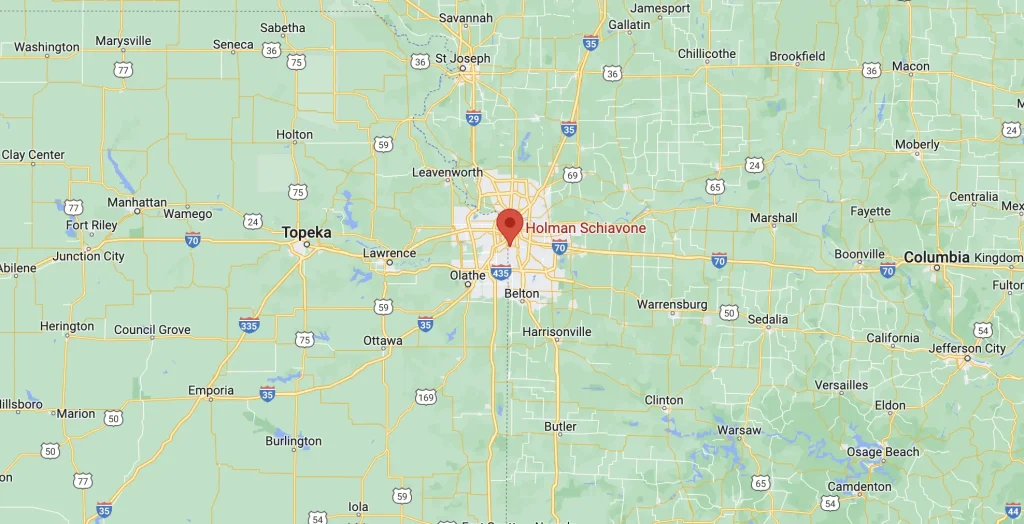There are several laws in place that prohibit discrimination at the workplace. But that does not always guarantee that there will be diversity within a company’s workforce. Affirmative action plans are set up in order to reach out to certain minority groups that are underrepresented within an organizational workforce. Private companies have their own methodology when creating affirmative action plans, while government organizations follow a different set of rules. Affirmative action plans that affect hiring practices are often challenged in court by people who feel their rights are being violated.
When seeking out members of a certain demographic group, it is important to look ahead and create a plan. Affirmative action involves different steps and phases that need to be achieved in order to reach out certain groups of people. The organization might want to change its policies so that employees of a certain demographic background are preferred over others.
When developing an affirmative action plan, it is important to identify each employee’s gender and ethnicity. An organizational profile should be created to determine the percentage of each demographic within the workforce. Once all calculations have been made, managers can make plans regarding their policies to recruit from a certain demographic group. The problem areas are addressed by changing policies, for example, better advertising strategies to attract people from certain demographics. Annual internal audits may be scheduled to make sure affirmative action plans are having a long-term effect on the organization.
Implementing affirmative action plans within an organization can be challenging. It could result in discrimination and competitiveness within different demographic groups. If you feel that there is discrimination within your organization, discuss the situation with an attorney as soon as possible.


